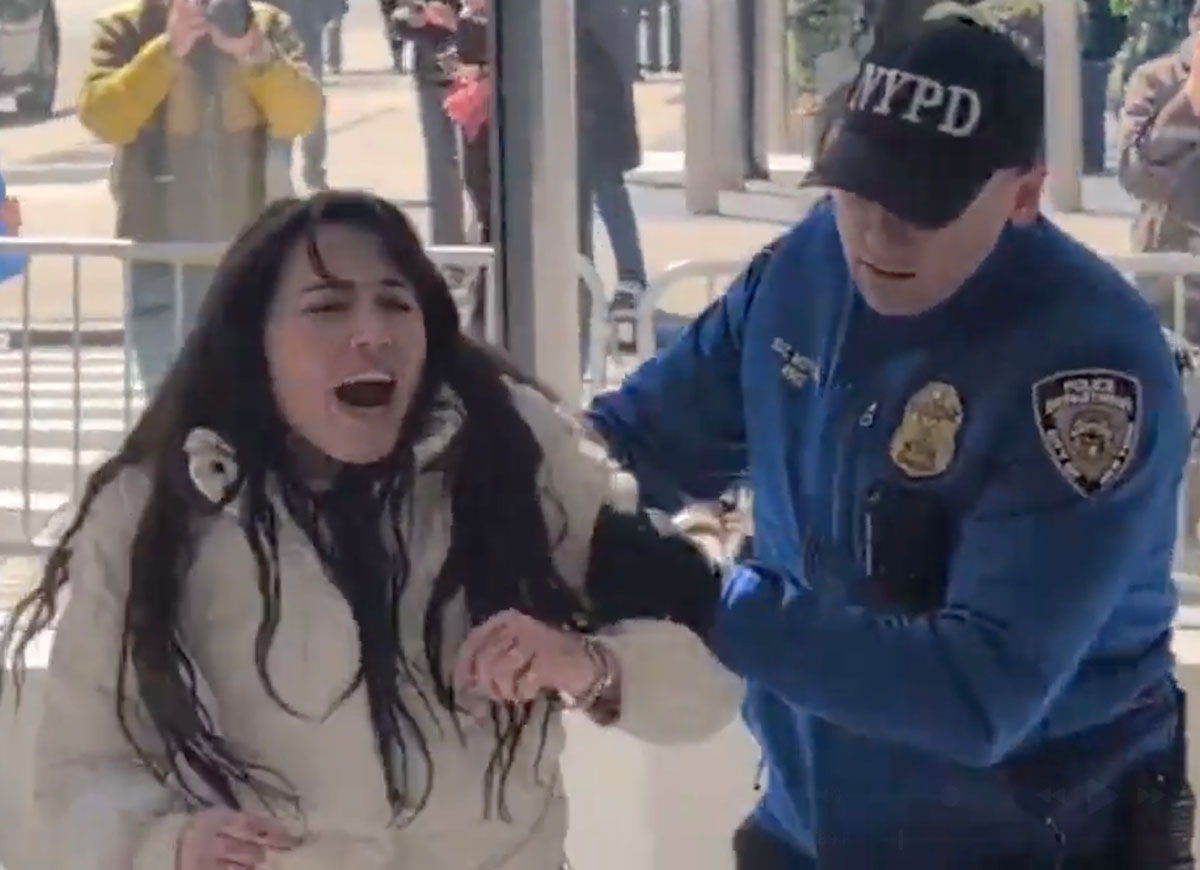Buried Treasure

4/5
At first glance Fox’s new fall reality series, Buried Treasure, may seem redundant. The show’s premise – assessing people’s junk with the faint hope it might be valuable – is a familiar one. Reality television has been inundated with programs like Pawn Stars, Hardcore Pawn, American Pickers, and Storage Wars, but Buried Treasure is aiming for something different, something like a reality Molotov cocktail with a sweet spot. Helmed by identical twins, Leigh and Leslie Keno (both regulars on Antique Roadshow), Buried Treasure is a mixture of Priceless Junk, hoarders and CSI with a touch of Extreme Makeover. And whereas a show like Pawn Stars is focused mainly on the objects being appraised, Buried Treasure looks at the emotional resonance of the stuff and the people who either chose to sell or not.
The premier episode of Buried Treasure begins with a woman who is a classic hoarder, with every room of her house packed to capacity with stuffed dolls, broken chairs and ferrets. To make things worse, the woman, who comes from a wealthy background (and is distantly related to Charles Dickens), has squandered her fortune and is living in destitution à la Gray Gardens. Her daughter, obviously, is worried and wants what’s best for her, which means clearing out the junk and maybe making a quick buck. Enter the Keno brothers. Among the wreckage they find unexpected gems, including a Mayan vase and an autographed portrait of Dickens. In order to ascertain the authenticity of these objects the Keno brothers use cutting-edge technologies that appear straight out of a crime lab.
This is only one detail that sets Buried Treasure apart from the other shows it emulates. Unlike Antiques Roadshow and Pawn Stars, where the junk is brought in to be appraised, Buried Treasure features the hosts going to the junk. In an interview, Leslie Keno said, “What makes 'Buried Treasure' different is we're on a treasure hunt and we're in the living space of the owner.” When the Keno brothers assess an object, they are also assessing what the object means to the owner. They are viewing the chair or the grandfather clock in the context the owner’s life. So in a way, 'Buried Treasure' has a more personal touch than its contemporaries. “It's really a treasure hunting show with a heart,” said Leigh Keno. In 'Pawn Stars,' the person selling is forgotten once they leave the store; all that’s left is an arbitrary price. Not so with 'Buried Treasure.'" Leslie and Leigh build a relationship with their subjects, and the objects seem to transcend their materiality. The objects act as conduits for the desires and dreams of the people who own them.
Perhaps the most important commentary one can make about these types of shows is their context within the current economic crisis. At a time when so many people are struggling to keep their heads above the financial tide waters, the idea that seemingly valueless junk could turn out to be worth a fortune is an attractive one. While similar shows cash in on the problem, Buried Treasure offers a solution. “They are just about falling off a cliff and they've got that hand reaching up, and we're grabbing their hand by finding a treasure hidden in their house that they never knew they had,” said Leslie. It’s obvious that the Keno brothers are there to help, not just to buy.
Shows like Pawn Stars or Storage Wars seem unable or unwilling to go beyond the junk. Rather they appear to be more about mustachioed characters or bizarre and eccentric findings. Buried Treasure eschews the host as centerpiece. “We're two guys that love art, love antiques and love treasure hunting. Stars is pushing it,” said Leigh Keno. Instead Buried Treasure revolves around the subjects, characters who are surprisingly real and affecting people. The show is aware of the emotional value of the objects and how much is invested in the object, and it doesn’t take advantage.
For the subjects in Buried Treasure, an heirloom that turns out to be worth thousands means salvation, financial or otherwise. It means being able to pay off the mortgage or making household repair, or it means a stop to destructive hoarding behavior. Sometimes it means both, as in the case of Lizzie and Lily, the aforementioned mother and daughter. Even if the urge not to let go wins out, as with one man unable to part with a Superman animation cell worth close to sixty thousand dollars, the Keno brothers never seek to exploit their subjects. Unexpectedly, Buried Treasure injects sincerity and compassion into a genre that had previously fed on the desperation of the “other,” and the authority of the Kenos (Leslie being a vice president at Sotheby’s) lends the show an expert and almost cultured air that similar ones lack. For now it seems Buried Treasure has hit upon a decent and authentic mixture of “reality” and Reality. Time will tell if the Kenos can stay the moral course.
RELATED ARTICLES
Get the most-revealing celebrity conversations with the uInterview podcast!





Leave a comment